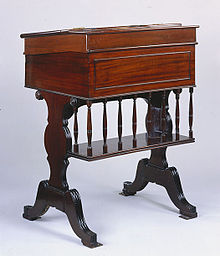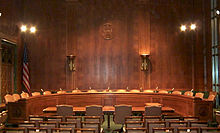United States Senate
Upper house of the US CongressThe United States Senate is a chamber of the bicameral United States Congress; it is the upper house, with the U.S. House of Representatives being the lower house. Together, the Senate and House have the authority under Article One of the U.S. Constitution to pass or defeat federal legislation.
Read article
Top Questions
AI generatedMore questions
Nearby Places

1983 United States Senate bombing
Terror attack in Washington, DC, US

Washington's Tomb (United States Capitol)
Empty burial chamber

Old Supreme Court Chamber
United States Capitol room

United States Capitol crypt
United States Capitol room

United States Capitol dome
Dome situated above the rotunda of the United States Capitol

Ohio Clock
Clock in the United States Capitol

Bust of Martin Luther King Jr. (U.S. Capitol)

Progress of Civilization Pediment
Marble sculpture in Washington, D.C.










